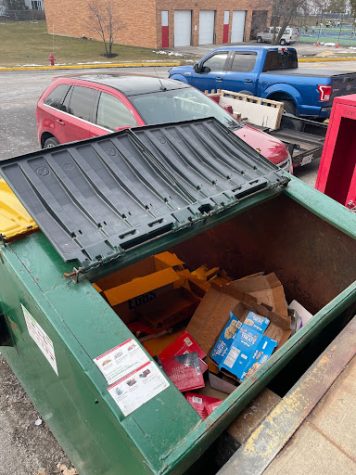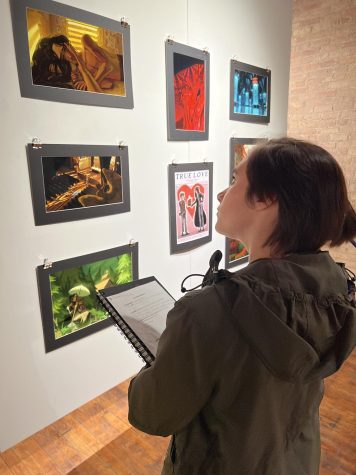MHS introduces emergency day alternative: e-Learning
December 11, 2019
Say farewell to an endless number of lazy snow days when the roads turn into snow dunes and ice rinks. Starting this year, if the students can’t get to school and two emergency days have passed, the school will come to the students with e-Learning.
“In 2018, the state of Illinois established new guidelines for the structure of the school day. As a result, school districts are now able to use [an] “e-Learning day” for their emergency days,” said Stacey Gorman, Assistant Principal of Teaching & Learning. “Mundelein High School will maintain the option to make up emergency days at the end of the year and/or implement an e-Learning day to make up the attendance day.”
Under this new policy, there will be two traditional emergency days that will be made up at the end of the year, but any additional days will be e-Learning days.
“I think it’s more productive [than emergency days], so we can still get our work done at home instead of doing it at school [later], and we won’t have as many days tagged on to the end of the year, so school will end on the time it’s supposed to,” Mia Dunaway, freshman, said.
An e-Learning day begins with teachers communicating the day’s assignments through e-mail or another online platform by 9 a.m., but that doesn’t mean students can’t seize the opportunity to sleep in— students have three days after the e-Learning day to complete all their assigned tasks. This gives students the opportunity to schedule their own time while still being expected to complete about 35 to 45 minutes of work per class at their own pace, which is enough time for the state to count it as a full school day.
“It puts a little bit of responsibility on the student which is always, I think, a good thing for them to learn to meet deadlines, work at their own pace and get things done in the appropriate time,” Chad Oldham, math teacher, said. “So, it allows them a little bit of flexibility, but also it keeps them responsible for getting it done.”
Using technology to supplement a traditional school day may come with some technical difficulties, but there are measures in place to make sure the work still gets done.
“There may be students who have technical difficulties at home, which might prevent them from completing the e-Learning assignments,” Gorman said. “We will have teachers and our tech staff available digitally to help students troubleshoot any technological difficulties. Additionally, students will have three days after school is back in session following the e-Learning day to complete the assignment.”
It was noted in the “e-Learning at MHS Guide for Parents and Students” on d120.org that if the work is incomplete after the three days, the student will be marked absent for that make-up day.
For some students, the replacement of a physical school day with online alternatives does have some drawbacks, as noted by Megan Rinzel, sophomore.
“I think it’s more convenient for the school, but I prefer going [to school to make up] the snow days that we miss because that way we have actual one-on-one time with the teacher, and they’re able to explain it better [rather] than going onto Google drive and finishing a document,” Rinzel said.
The e-Learning alternative will also include physical education, as Gorman said wellness teachers can assign activities, such as “shoveling snow, following an online exercise video or possibly reading an article on health and fitness.”
Susan Theotokatos, a social studies teacher, initially saw the new policy as a lost opportunity to catch up on sleep but sees e-Learning as a net positive.
“We don’t really want to see it as a burden on the kids; we want to just see it as just like an extension of the class,” Theotokatos said. “If we’re doing something kind of important in class, this might be a good way to continue learning.”


